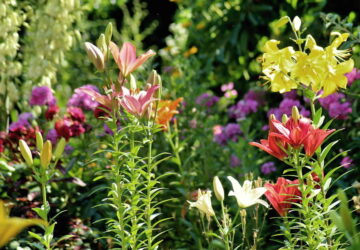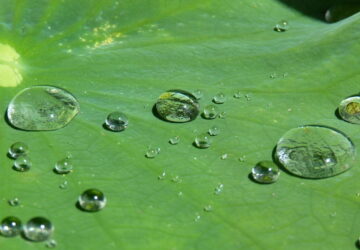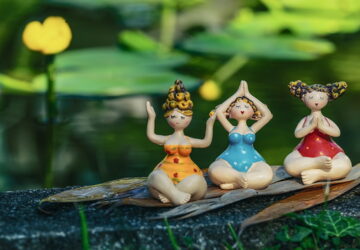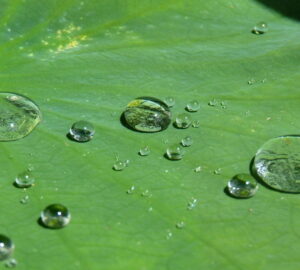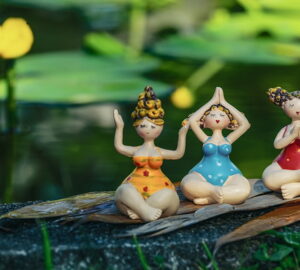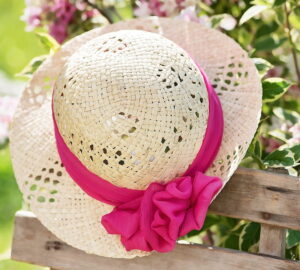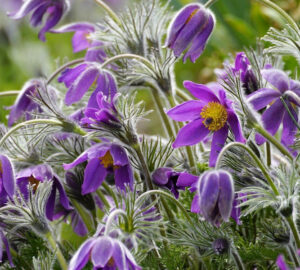The chaste tree, scientifically known as Vitex negundo, is an enchanting shrub that graces gardens with its captivating bluish-purple flowers. Originating from East Africa and Southeast Asia, this deciduous plant has long been cherished as an ornamental tree throughout Europe. In its natural habitat, you’ll find it flourishing along riverbanks, in sparse woodlands, and meadows. But its allure goes beyond aesthetics; the chaste tree has a rich history of medicinal and symbolic uses that add to its mystique.
Ancient Remedies and Symbolism
In its native countries, this remarkable tree has been a staple of folk medicine. The leaves are brewed into a poultice to treat ulcers and ingested to alleviate flatulence, headaches, toothaches and coughs. Its roots come to the rescue for eczema, skin issues, liver complaints, splenomegaly, rheumatism, gout and back pain. Even its seeds find purpose as anthelmintics, tackling intestinal parasites. In ancient Egypt and Greece, the chaste tree was a symbol of purity, believed to ward off evil spirits.
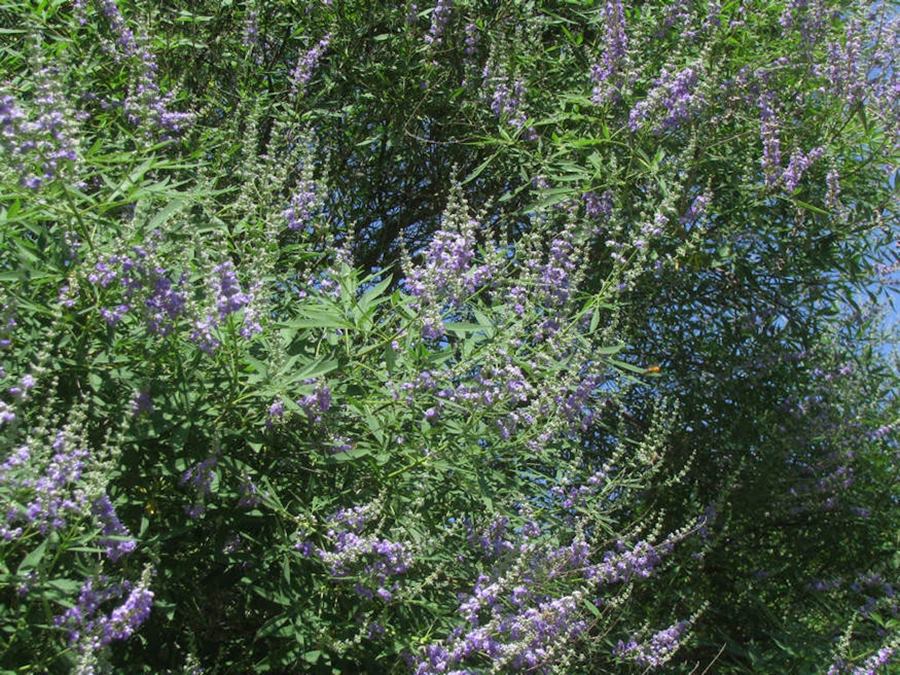
Planting and Caring for Chaste Trees
Growing a chaste tree in your garden need not be a daunting task. Choose a sunny to semi-shaded location with well-draining, humus-rich soil. This resilient tree can withstand drought and winter chill but benefits from protection during severe frosts, making a sheltered spot near a wall or building ideal.
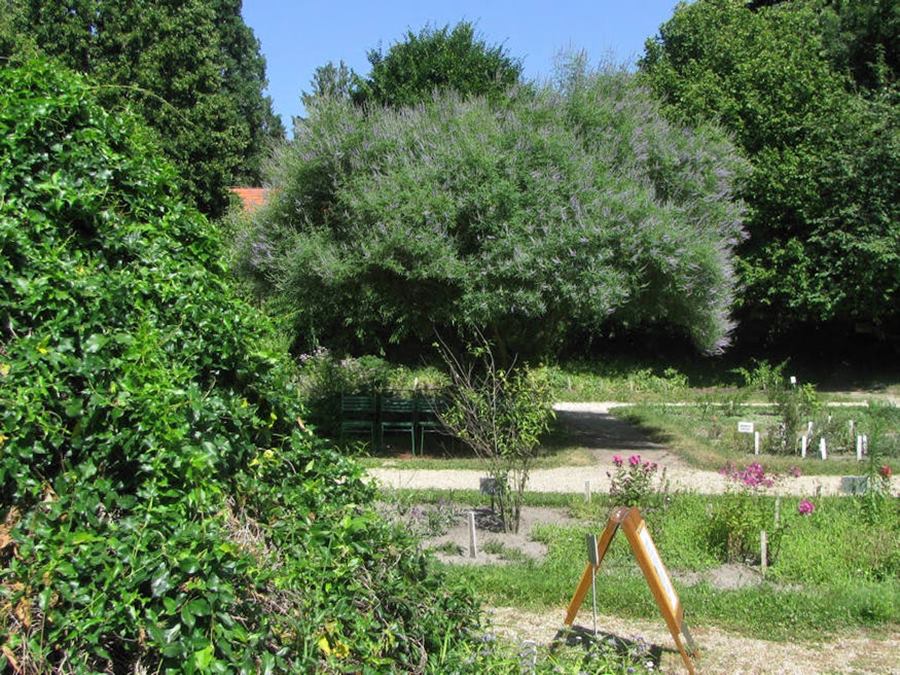
Sandy or stony soil with a slightly alkaline pH suits the chaste tree well, provided water doesn’t stagnate. Enhance the soil with compost during planting and in the spring and early summer. But beware of over-fertilization, which can lead to lush foliage at the expense of blossoms and hardiness. In early spring, prune the branches vigorously, trimming them back to about 20 cm to encourage robust, compact growth.
While regular watering isn’t necessary, keep a watchful eye, especially in very dry summers, as its shallow roots may struggle to access sufficient moisture.

Potted Chaste Trees
If space is limited or you prefer container gardening, fear not; chaste trees adapt gracefully to life in pots and containers. In these cases, due to the restricted root space, regular watering is essential. Provide nourishment every four days and relocate the potted tree indoors to a frost-free environment for the winter months.
A Glimpse at the Chaste Tree’s Beauty
The chaste tree typically reaches a height of 3 to 5 meters and boasts palmately compound leaves with a delightful aromatic fragrance when crushed. Its showtime arrives in the latter half of summer, with enchanting bluish-purple flowers that grace the garden from July to September. Beyond its visual appeal, this tree serves as a haven for bees, contributing to the garden’s biodiversity. Come October, the tree offers up juicy stone fruit, each measuring around 4 mm in diameter, perfect for culinary experimentation.
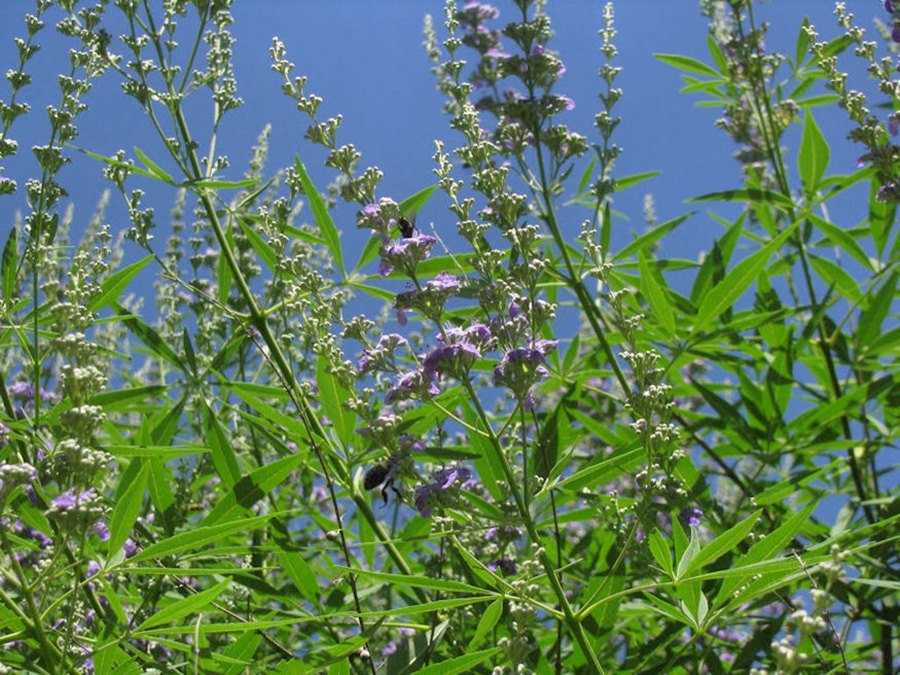
Propagation: From Cuttings to Seeds
If you’re eager to share the charm of the chaste tree with others, propagation is a possibility. You can create new plants through both cuttings and seeds. Opt for cuttings from half-wooded shoots during the summer, rooting them in potting soil. By the following spring, your newly grown chaste tree saplings can be planted outdoors, extending the legacy of this extraordinary garden gem.
Embrace the Chaste Tree
From its captivating flowers and rich history to its versatile care requirements, the chaste tree is a remarkable addition to any garden. Whether you’re a seasoned gardener or just starting out, this enchanting shrub offers a touch of beauty and mystique that’s sure to captivate your gardening journey. So, why not embrace the allure of Vitex negundo and let it bloom in your garden?
